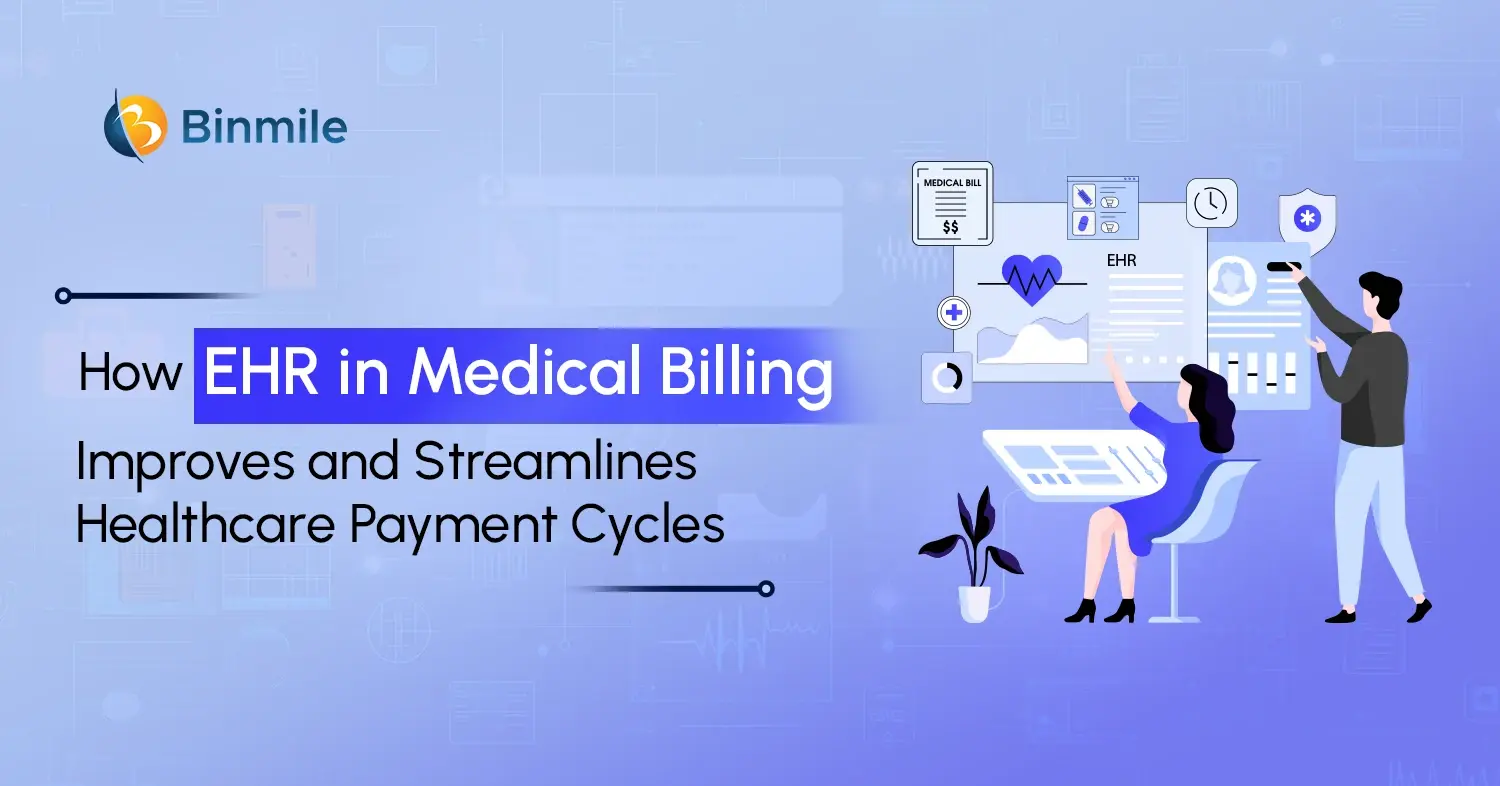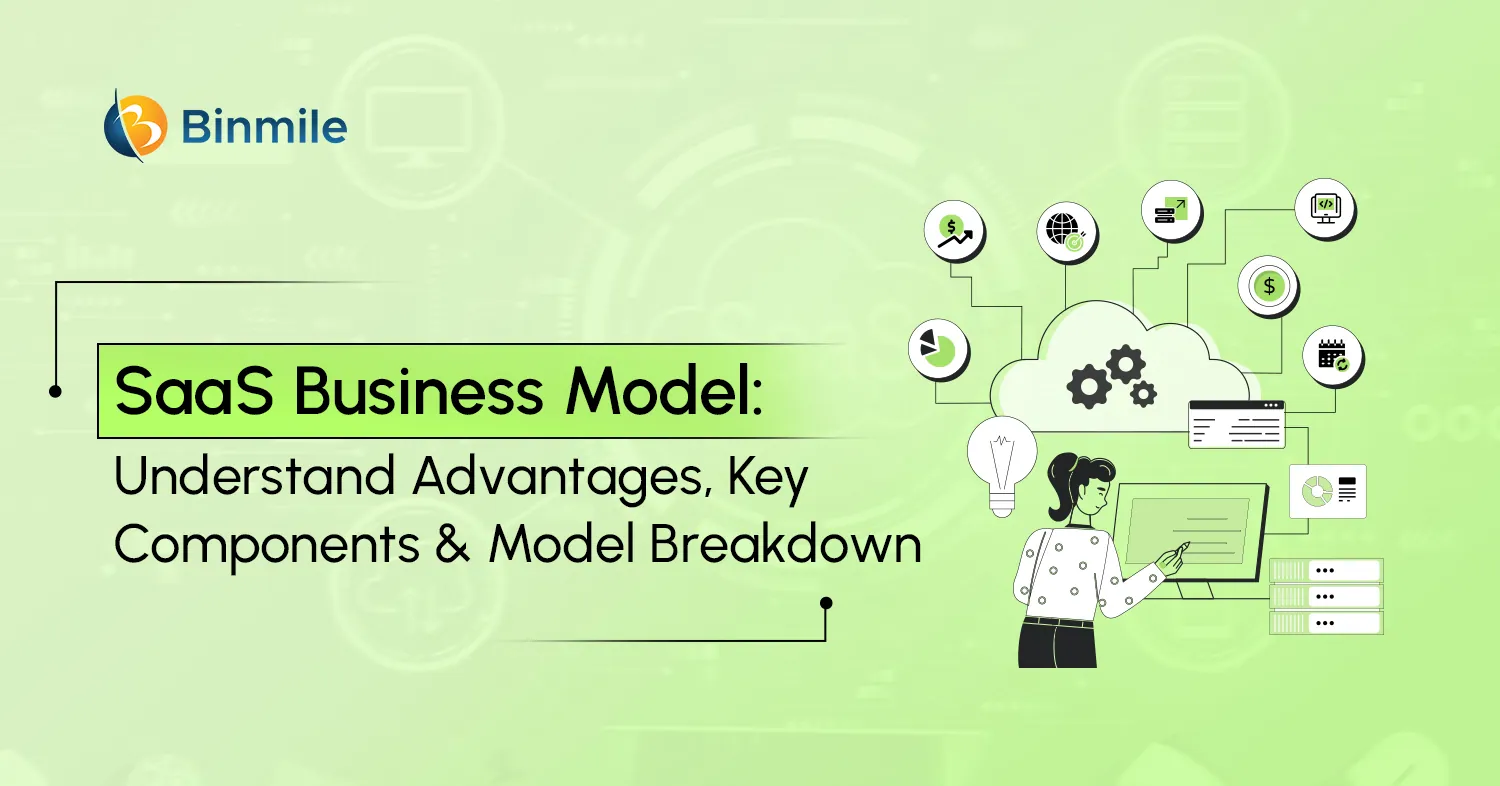It’s an indisputable fact that a great user experience (UX) is an essential cog in the big machinery called product development. Organizations no longer follow the ‘let’s build it and they will come’ but ‘solve it and they will come,’ mantra. Meaning, in the ever-evolving landscape of the software design cycle, creating products that truly resonate with users has become a paramount goal. The focus has shifted from creating a product in the market and expecting users to adopt it to developing products or features users want. Enter design thinking in software development – a powerful methodology that places user experience at the forefront of the development process.
By seamlessly weaving the principles of design thinking into the software development life cycle, the developer teams can sculpt products that not only function flawlessly but resonate profoundly with the end users. What does design thinking in the software design life cycle mean? Is it really helpful for businesses? And how can organizations infuse design thinking into the software design cycle? If you’re wondering about these, then we’ve got you covered!
Design Thinking Software: Introduction and Key Benefits
Design thinking is a design-first approach that places a strong emphasis on understanding the needs of users and creating innovative solutions that cater to those needs. It’s a human-centered and iterative process that encourages collaboration, empathy, and creativity. It is widely used across various industries, including product design, mobile app design, software development, business strategy, and more.
You might be wondering why design matters in software development. Well, it’s so because the design is like the book cover that any reader sees first. Imagine a book cover not having a catchy title, not being creative enough, and even poorly designed. Would you go for the book on your first impression? No, right? Similarly, if the design is not made while keeping in mind a user’s perspective or what he wants, you can’t capture or retain his attention for long. He’ll quit the app immediately, regardless of how amazing the app is developed with its features and functionalities.
That’s the reason design thinking is important in the software application development cycle. Design thinking encourages a holistic and user-centered approach to problem-solving, focusing on creating meaningful and relevant solutions for the users. It comprises majorly these stages:
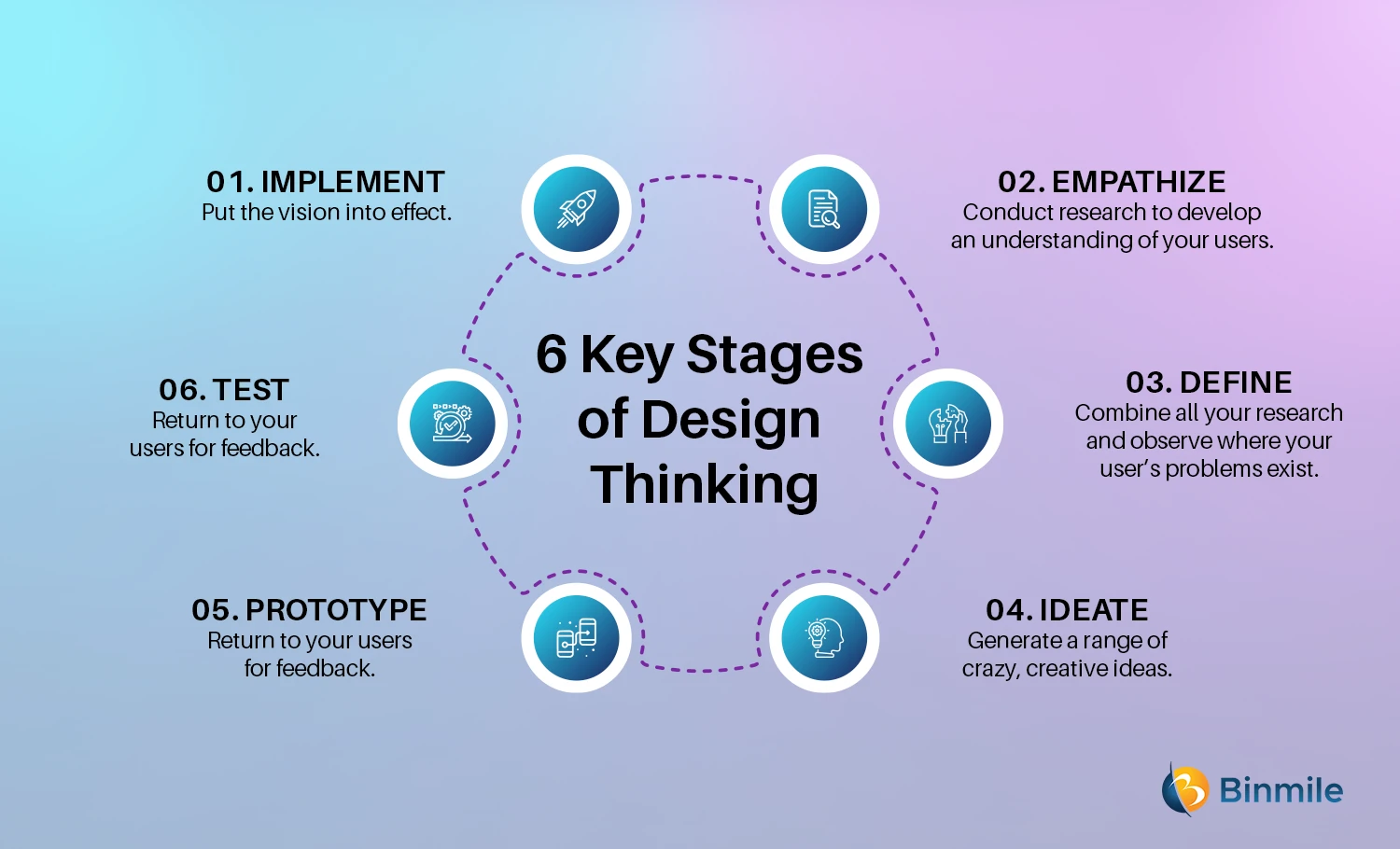
- Empathize: The journey begins with understanding the users’ needs, pain points, and aspirations. This step involves engaging with users to gain insights into their experiences.
- Define: After collecting user insights, the developing team defines the core problem to be solved. It is crucial to ensure a clear focus throughout the software development life cycle.
- Ideate: It encourages brainstorming and generating innovative ideas to address the defined problem. The focus is on thinking beyond the obvious solutions and embracing creativity.
- Prototype: This iterative process helps in identifying flaws and refining concepts. It transforms ideas into tangible prototypes and allows teams to quickly test and visualize potential solutions.
- Test: Prototypes are tested with actual users, and feedback is collected. This informs the development team about the necessary adjustments and refinements, ensuring the final product aligns with user expectations.
Key Benefits of Mastering Design Thinking in Software Development
There’s no doubt design thinking fosters a mindset that values empathy, creativity, and constant learning, but it also does more. Let’s discuss the top 5 benefits of utilizing design thinking in phases of software development:
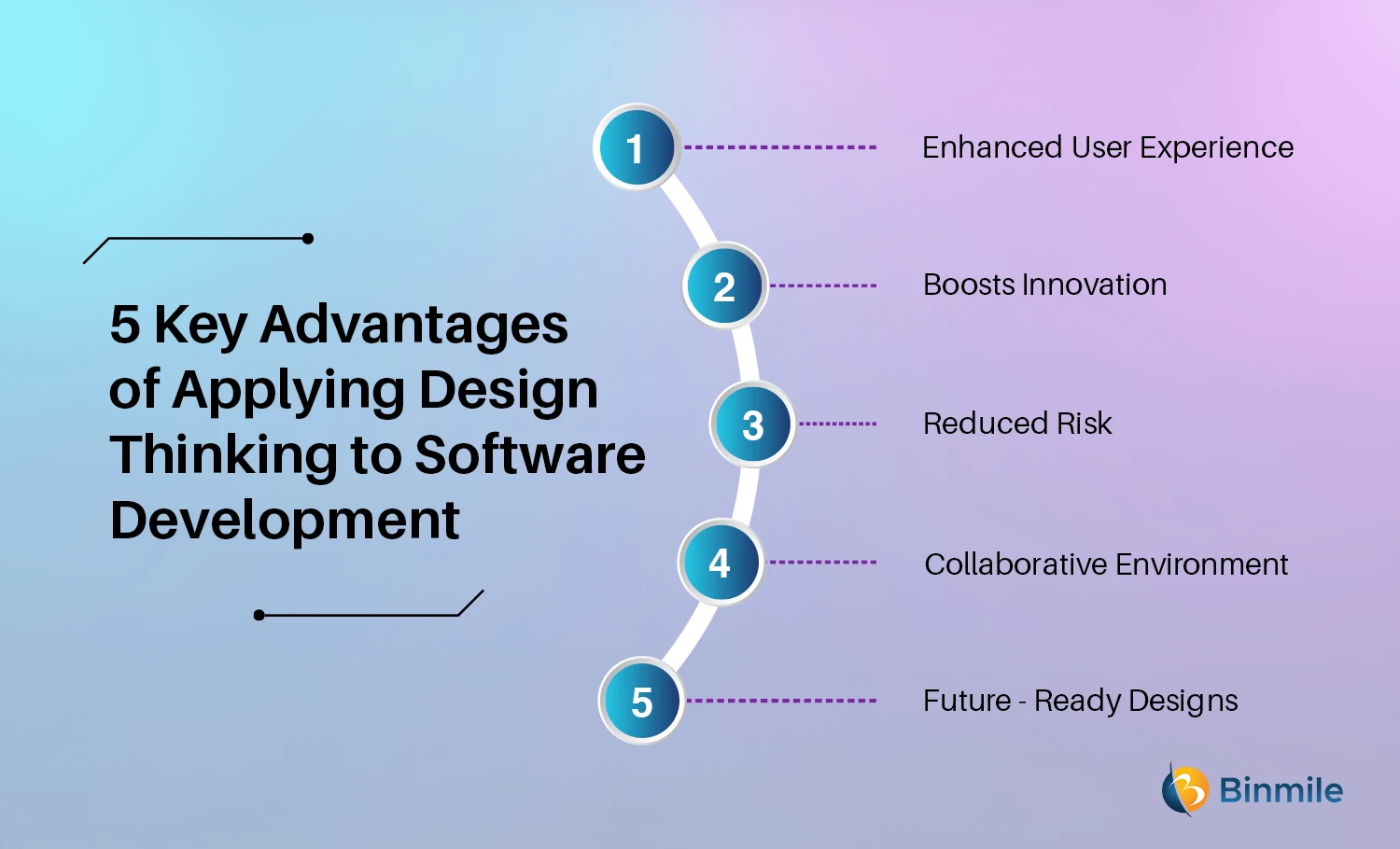
1. Enhanced User Experience
Design thinking emphasizes understanding user needs deeply, leading to software that connects with users. By crafting user-centric designs, software becomes intuitive, efficient, and tailored to users’ preferences. This results in a seamless and satisfying user experience, which is essential for attracting and retaining users in the long run.
2. Boosts Innovation
It encourages teams to think beyond conventional solutions. This fosters a culture of creativity and out-of-the-box thinking, leading to the creation of novel features and functionalities. By prioritizing user needs, teams are more likely to develop innovative solutions that address real-world problems.
3. Reduced Risk
Prototyping and testing in the process allow teams to identify potential flaws and issues early in the development process. Doing so enables you to handle issues before they escalate and the risk of costly errors and setbacks is significantly reduced. This approach promotes a smoother software development life cycle with fewer surprises.
4. Collaborative Environment
It promotes collaboration between designers, developers, and other stakeholders, thus fostering a holistic perspective on the project. These different and diverse entities come together to ensure that the software not only functions well but also aligns with users’ needs and desires.
5. Future-Ready Designs
Design thinking promotes foresight by encouraging developers to anticipate future needs and trends. When scalability and adaptability is encouraged, the software can evolve to accommodate changes in user requirements and market trends. It further ensures that the software remains relevant and valuable even as the technological landscape evolves.
Achieve 40% faster development cycles and enhance user retention by 20% by streamlining your software development with expert's design thinking.
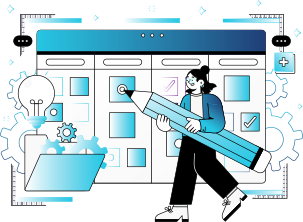
How to Infuse Design Thinking in Software Development Life Cycle
So far, we’ve covered how integrating design thinking principles into your software development process can result in user-centered, innovative, and successful outcomes. Now, let’s discuss the ways you can infuse design thinking into your software design cycle:
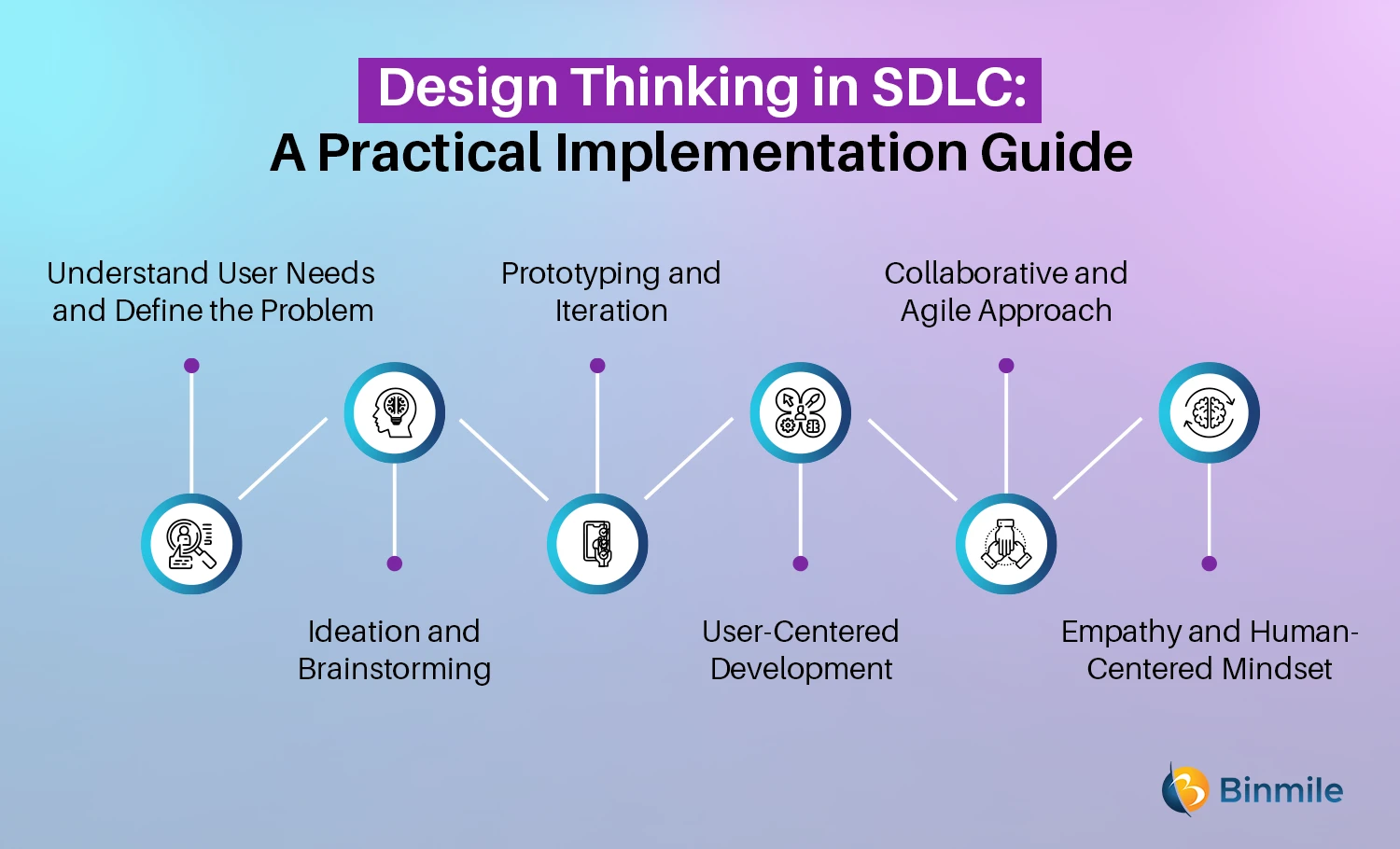
1: Understand User Needs and Define the Problem
You should focus on gaining a deep understanding of your users. This is to uncover their behaviors, motivations, and pain points. By doing so, you can pinpoint the precise challenges that your software solution needs to address. With these insights in hand, you can craft a clear problem statement that encapsulates the user needs you’ve identified.
- Conduct empathetic research to understand user behaviors and challenges.
- Define the problem statement based on user needs.
2: Ideation and Brainstorming
Collaborate with a diverse team that includes individuals from various industry domains such as designers, developers, and product managers. When you collaborate, ideas are free-flowing and uninhibited, thus creating a solid ground for creativity. Visually defining your thoughts and setting a target might help you in keeping your focus intact and prompt innovative thinking.
- Facilitate open brainstorming sessions to generate a variety of ideas.
- Use techniques like mind mapping and “how might we” questions.
3: Prototyping and Iteration
Prototyping can be as simple as sketches on paper or more interactive digital mockups. The aim is to visualize potential solutions and interactions. Using prototyping tools for UI/UX design can help streamline this process, enabling you to create more interactive, realistic prototypes. Share these prototypes, as this can get you invaluable tips on refining your designs, making them more intuitive and aligned with user preferences. Continue this iterative process of prototyping, testing, and refining until the design resonates well with users.
- Test prototypes with real users to gather feedback.
- Refine designs and concepts based on user interactions.
4: User-Centered Development
As you transition from design to development, keep the user at the forefront. Code the software with a clear focus on addressing the user needs identified in the earlier steps. Keep involving users in this process while creating your development backlog. This approach ensures that the final product aligns closely with what users truly require and desire.
- Involve users in the development process through feedback and usability testing.
- Prioritize user stories and use cases in the development backlog.
5: Collaborative and Agile Approach
Embrace an agile methodology that fosters collaboration, flexibility, and responsiveness. While agile methodology prioritizes flexibility, collaboration, and incremental progress, design thinking stresses empathy and understanding of user needs. These diverse approaches create a powerful framework for a cross-functional team, consisting of designers, and developers. and other stakeholders, with much clarity and a user-centric mindset.
- Review and adapt plans based on new insights and changing user needs.
- Keep open communication to maintain a shared understanding of the project’s goals and progress.
6: Empathy and Human-Centered Mindset
Throughout the entire process, maintain a strong sense of empathy for the end-users. Continuously challenge your assumptions and biases and strive to understand the emotional aspects of your users’ experiences, not just the functional requirements. This human-centered mindset compels you to offer custom software development services that users can connect with on a deeper level, enhancing their overall satisfaction and engagement.
Ready to enhance your software with exceptional UI/UX? Hire expert design and development services to boost user satisfaction today!

Final Thoughts
Infusing design thinking into the software development life cycle isn’t just a trend; it’s a strategic approach to creating software that genuinely adds value to users’ lives. This might sound challenging, but what’s the use of a product if it can’t resonate deeply with users, transform their interactions, or enrich their lives in some way? So, as we continue to navigate the ever-evolving landscape of technology, let’s leverage the power of design thinking in crafting software solutions that bring value to the customers as well as the businesses.
Hopefully, this guide on how to use design thinking in the software development life cycle empowers you to create a product that focuses on a user-centered journey of innovation, creativity, and excellence. But keep in mind that design thinking is not a linear process, the steps discussed here might overlap or loop back as you gather new insights. The key is to foster a culture of curiosity, openness, and continuous learning, allowing you to create software that is not only functional but also proves to be meaningful for your users.
Frequently Asked Questions
Popular tools supporting design thinking in software development include:
- User Research Tools: UserTesting, SurveyMonkey
- Prototyping Tools: Figma, Adobe XD, Sketch
- Collaboration Tools: Miro, MURAL, FigJam
- Project Management Tools: Jira, Trello, Asana
Design thinking improves the software development and design process by encouraging collaboration, creativity, and user-centered innovation. It helps identify real user needs, streamline workflows, and produce more user-friendly and efficient software solutions.
Design thinking is crucial in the software design and development process because it enhances user experience, fosters innovation, and reduces development risks. By prioritizing the user’s needs, software development teams can create more effective, intuitive, and successful products.



